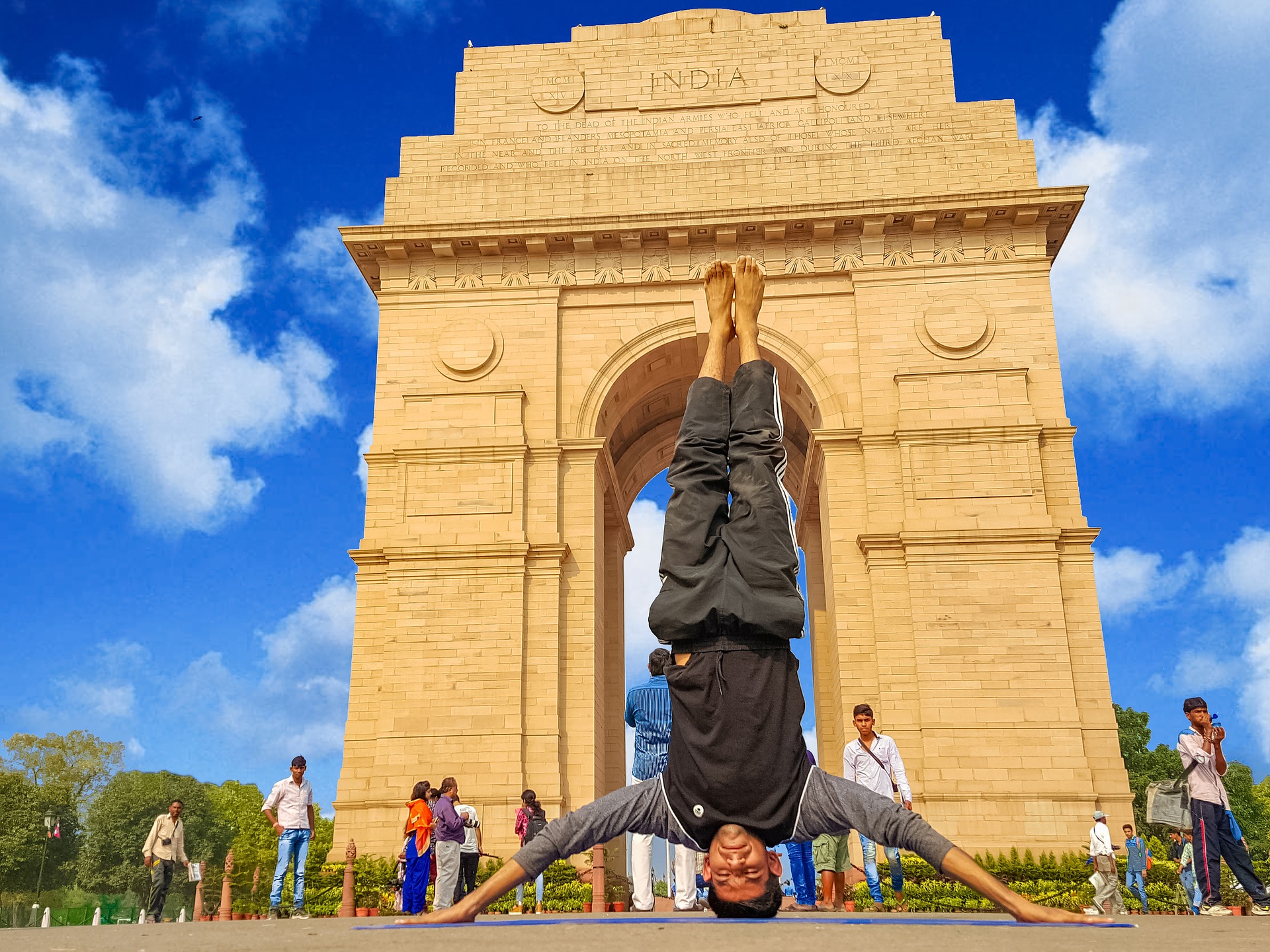One thing that the eagle eyed will no doubt have noticed about yoga is the prevalence of non-English words and their importance in the complex lexicon of yoga. It is used to refer to specific poses, to elements of the exercises, breathing techniques and in greetings, and even the word “yoga” itself comes from a Sanskrit term. Here are some helpful tips on the Sanskrit terminology used in yoga.
The word that you will hear repeated time and again separately from any exercise is namaste. Literally translated it means “I bow to you” and is used as a respectful, cheerful greeting. It can also be used to mean “thank you” and is usually accompanied by clasped palms over the heart and a small bow of the head. You may also hear at the start and finish of your classes a simple chant of “om”. This is to signify the union of body, mind and spirit in one, the whole universe in a single sound. It is pronounced more like “a-um”
The word “Yoga” itself similarly refers to a union of soul and spirit through yogic exercises. Different types of yoga referred to by their Sanskrit names include Ashtanga – a physically challenging form of yoga; Ananda – a more gentle, inward form of the practice; Iyengar – a form noted for its attention to detail and the frequent use of external props; Vinyasa is a word which represents the flow of interconnected yogic poses, linked together by breath work in one continuous motion.
